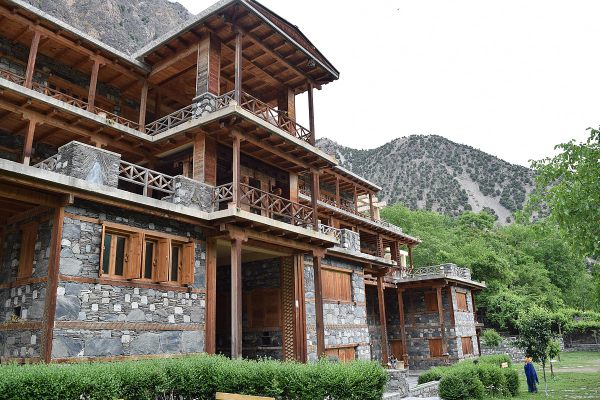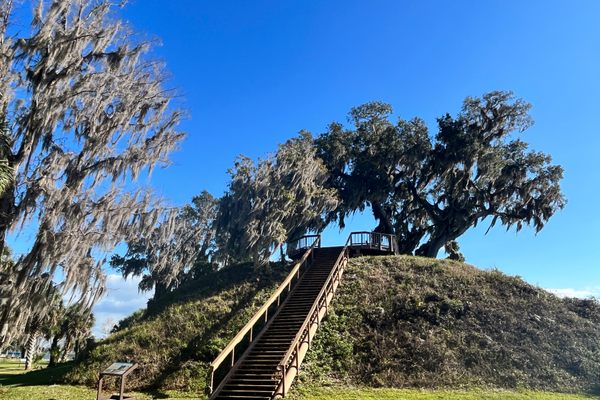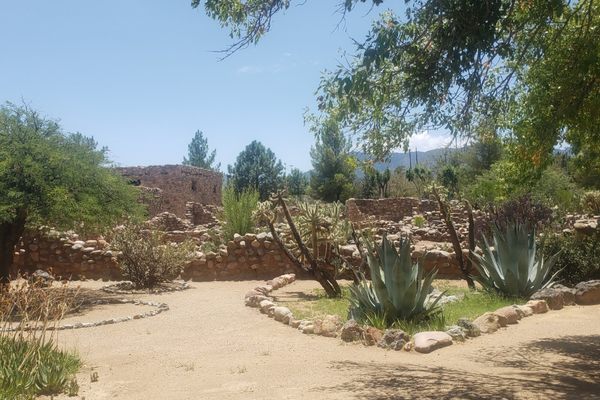On the south end of an archipelago sixty miles off the coast of mainland Canada lie a collection of totem polls, representing the rich artistic achievements of the Haida people.
First known by the Haida as Xhaaidlagha Gwaayaai or “Islands at the Boundary of the World,” these islands are more commonly known as Haida Gwaii, or “Land of the Haida.” The area represents more than 3,600 islands in all, with an oral history that can be traced back 7,000 years.
The largest grouping of these Haida totems are found in the ancient Haida village Ninstints, which is guarded by twenty-six of these massive totem poles. Totems are at many of the old village sites, including Hotspring Island, a favorite stop for kayakers, all around the Southern region of the archipelago, which has been designated as a UNESCO World Heritage Site.
A note for those who venture to see the totems: the unparalleled beauty of these islands sometimes obscures the truth that you are on the open ocean where even experienced kayakers can find themselves in peril. Still, it’s well worth the risk to see the haunting beauty of these spirits who still guard this land.
Other wonderful places to experience Haida Gwaii’s totems are just outside of Skidegate in Kaay Llnangaay at the Haida Heritage Centre. Here both ancient and modern totems can be found, as well as a carvers studio to view artists creating these majestic giants from the ground up. Renowned Canadian artist and author Emily Carr brought these enchanting totem poles to the world stage with her representations of these abandoned villages painted in the 1930s. Carr was an intrepid traveler in her own right and was one of few non-Indigenous people to visit Haida Gwaii at such an early time.
Know Before You Go
Located about 100 kilometres off the British Columbia coast. Haida Gwaii is typically accessed by air, though travellers can also catch the once daily ferry from Prince Rupert on the mainland. The one way trip takes approximately 7-8 hours depending on the tides. Getting to the actual totem poles requires either a trip on a float plane, a charter boat, or a 4-day zodiac trip with a local tour company.
The Haida people have decided to let the totem poles of SGang Gwaay decay naturally. Other than cleaning out debris and brush which might grow on them, they are no efforts to preserve them as they believe that totem poles have a natural life like a human. It is estimated that the totem poles may only be around for another 10 years.


























Follow us on Twitter to get the latest on the world's hidden wonders.
Like us on Facebook to get the latest on the world's hidden wonders.
Follow us on Twitter Like us on Facebook